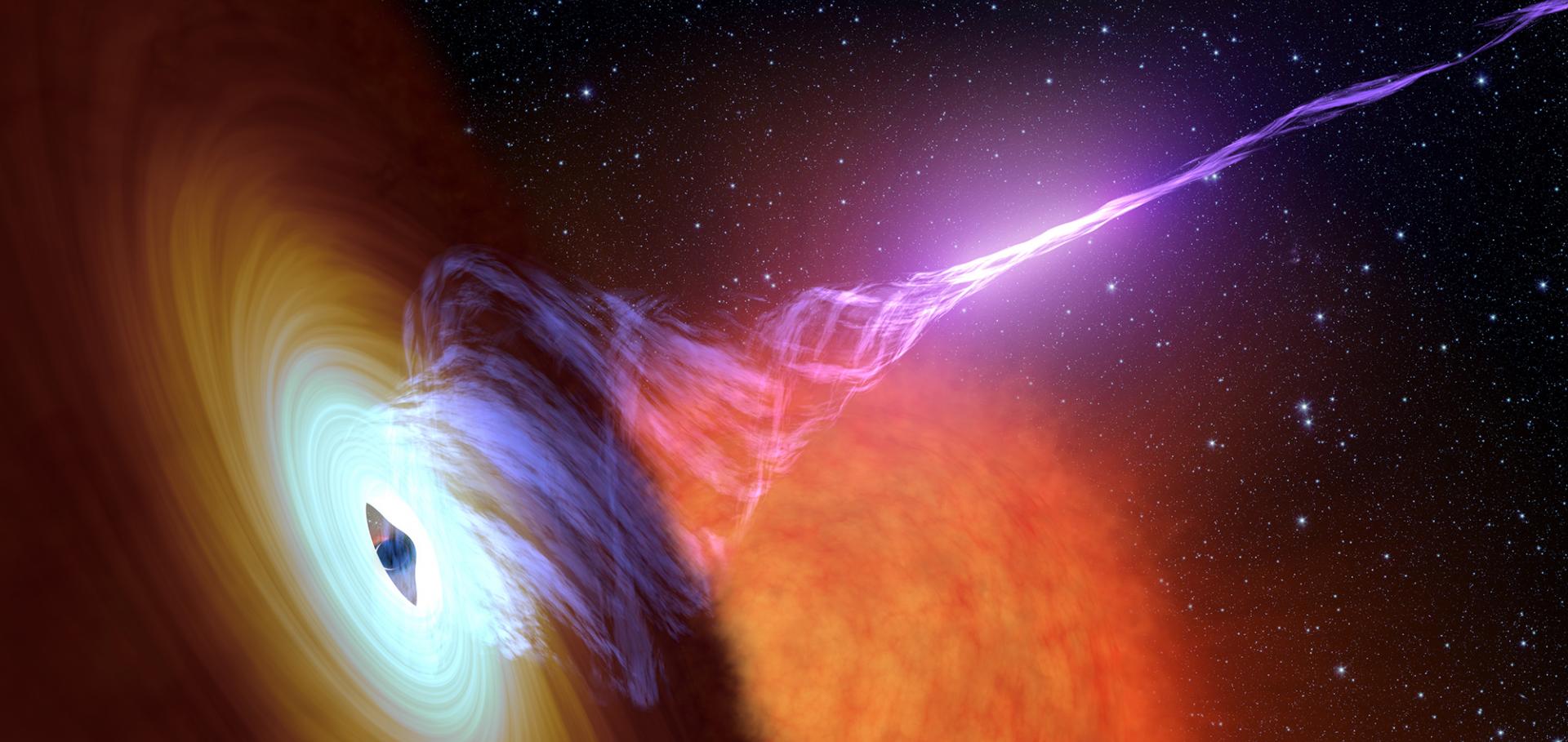Future mmVLBI Research with ALMA: A European vision
(2014)
Authors:
RPJ Tilanus, TP Krichbaum, JA Zensus, A Baudry, M Bremer, H Falcke, G Giovannini, R Laing, HJ van Langevelde, W Vlemmings, Z Abraham, J Afonso, I Agudo, A Alberdi, J Alcolea, D Altamirano, S Asadi, K Assaf, P Augusto, A-K Baczko, M Boeck, T Boller, M Bondi, F Boone, G Bourda, R Brajsa, J Brand, S Britzen, V Bujarrabal, S Cales, C Casadio, V Casasola, P Castangia, J Cernicharo, P Charlot, L Chemin, Y Clenet, F Colomer, F Combes, J Cordes, M Coriat, N Cross, F D'Ammando, D Dallacasa, J-F Desmurs, R Eatough, A Eckart, D Eisenacher, S Etoka, M Felix, R Fender, M Ferreira, E Freeland, S Frey, C Fromm, L Fuhrmann, K Gabanyi, R Galvan-Madrid, M Giroletti, C Goddi, J Gomez, E Gourgoulhon, M Gray, I di Gregorio, R Greimel, N Grosso, J Guirado, K Hada, A Hanslmeier, C Henkel, F Herpin, P Hess, J Hodgson, D Horns, E Humphreys, B Hutawarakorn Kramer, V Ilyushin, V Impellizzeri, V Ivanov, M Julião, M Kadler, E Kerins, P Klaassen, K van 't Klooster, E Kording, M Kozlov, M Kramer, A Kreikenbohm, O Kurtanidze, J Lazio, A Leite, M Leitzinger, J Lepine, S Levshakov, R Lico, M Lindqvist, E Liuzzo, A Lobanov, P Lucas, K Mannheim, J Marcaide, S Markoff, I Martí-Vidal, C Martins, N Masetti, M Massardi, K Menten, H Messias, S Migliari, A Mignano, J Miller-Jones, D Minniti, P Molaro, S Molina, A Monteiro, L Moscadelli, C Mueller, A Müller, S Muller, F Niederhofer, P Odert, H Olofsson, M Orienti, R Paladino, F Panessa, Z Paragi, T Paumard, P Pedrosa, M Pérez-Torres, G Perrin, M Perucho, D Porquet, I Prandoni, S Ransom, D Reimers, M Rejkuba, L Rezzolla, A Richards, E Ros, A Roy, A Rushton, T Savolainen, R Schulz, M Silva, G Sivakoff, R Soria-Ruiz, R Soria, M Spaans, R Spencer, B Stappers, G Surcis, A Tarchi, M Temmer, M Thompson, J Torrelles, J Truestedt, V Tudose, T Venturi, J Verbiest, J Vieira, P Vielzeuf, F Vincent, N Wex, K Wiik, T Wiklind, J Wilms, E Zackrisson, H Zechlin


